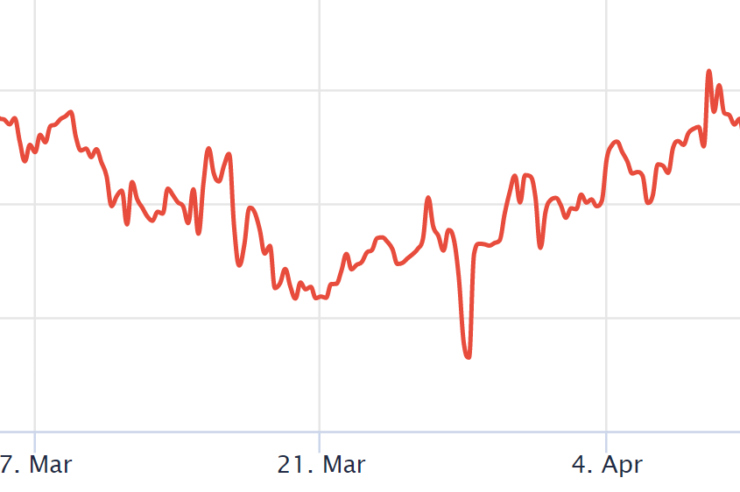Bitcoin (BTC) dipped below $40,000 support on April 18, and the two-week 15% correction was enough to prompt predictions of $30,000 prices in the near term.
Meanwhile, regulatory uncertainties continue to be a key concern for investors, including the failed European Know Your Customer (KYC) and Anti-Money Laundering (AML) proposed rules for ”unhosted” private wallets. For instance, exchanges started to demand additional information on its users just last week, causing some discomfort to traders.
Europe regulation “near miss” brings distress
The European Union Parliament’s Committee on Economic and Monetary Affairs voted on March 14 to ban or restrict Proof-of-Work-based crypto assets, but the proposed amendment was postponed.
More recently, in an email notification to users on April 13, the Bitstamp cryptocurrency exchange informed its customers about the ongoing policy upgrades on the platform, with the exchange seeking additional info.
Bitstamp now requires users to provide information like nationality, place of birth and tax residency, in addition to documents proving the origin of crypto and the annual income.
On April 14, the Nonprofit group Coin Center called the Securities and Exchange Commission’s (SEC) March 18 Amendments Regarding the Definition of “Exchange” an “unconstitutional overreach.” If the proposal becomes an SEC rule, decentralized platforms would likely be urged to register as exchanges.
Not everything has been negative for the sector, however, as more crypto-friendly names are about to join the United States government.
On April 15, U.S. President Joe Biden announced his intention to nominate law professor Michael Barr as the central bank’s vice chair for supervision.
Barr was on the advisory board of Ripple Labs from 2015 to 2017 before serving as the Treasury Department’s assistant secretary for financial institutions under former President Barack Obama.
But to get a clearer picture of how traders are positioned, there’s no better tool than analyzing Bitcoin derivatives’ metrics.
Margin traders are increasingly bullish
Margin trading allows investors to borrow cryptocurrency and leverage their trading position, thus potentially increasing returns. For example, one can buy cryptocurrencies by borrowing Tether to enlarge exposure.
On the other hand, Bitcoin borrowers can only short the cryptocurrency as they bet on its price decline. Unlike futures contracts, the balance between margin longs and shorts isn‘t always matched.


The above chart shows that traders have been borrowing more USD Tether (USDT) recently, as the ratio increased from 13 on April 14 to the current 17. The higher the indicator, the more confident professional traders are with Bitcoin’s price.
It is worth noting that the 20 margin lending ratio reached on April 11 was the highest level in 6 months, indicating bullishness.
Bitcoin options show fear sentiment is prevailing
However, it became difficult to anticipate the market’s next move since Bitcoin started to drift sideways near $40,000 last week. Still, the 25% delta skew is a telling sign whenever arbitrage desks and market makers overcharge for upside or downside protection.
The 25% delta skew compares similar call (buy) and put (sell) options. The metric will turn positive when fear is prevalent because the protective put options premium is higher than similar risk call options.


If traders fear a Bitcoin price crash, the skew indicator will move above 8%. On the other hand, generalized excitement reflects a negative 8% skew.
As displayed above, we entered the 8% “fear” mode on April 8 after 30 days ranging in a neutral area. Bitcoin had already dropped below $43,000 when the 25% delta skew indicator shifted to bearish sentiment.
Despite the negative indicator from Bitcoin options, margin trading data suggests that these arbitrage desks and market makers seem confident that the sub-$40,000 dip will reverse.
The OKX margin lending rate showed pro traders increased their bullish bets after a 15% BTC price rally in 14 days, which should be comforting for those currently underwater.
Regardless, there is no reason to ignore the bearish put options trading at a premium. It signals that the odds of a price crash are still substantial. Consequently, sometimes the best trade is to do nothing, sit tight and wait for more clarity in price action.
The views and opinions expressed here are solely those of the author and do not necessarily reflect the views of Cointelegraph. Every investment and trading move involves risk. You should conduct your own research when making a decision.






















Comments (No)